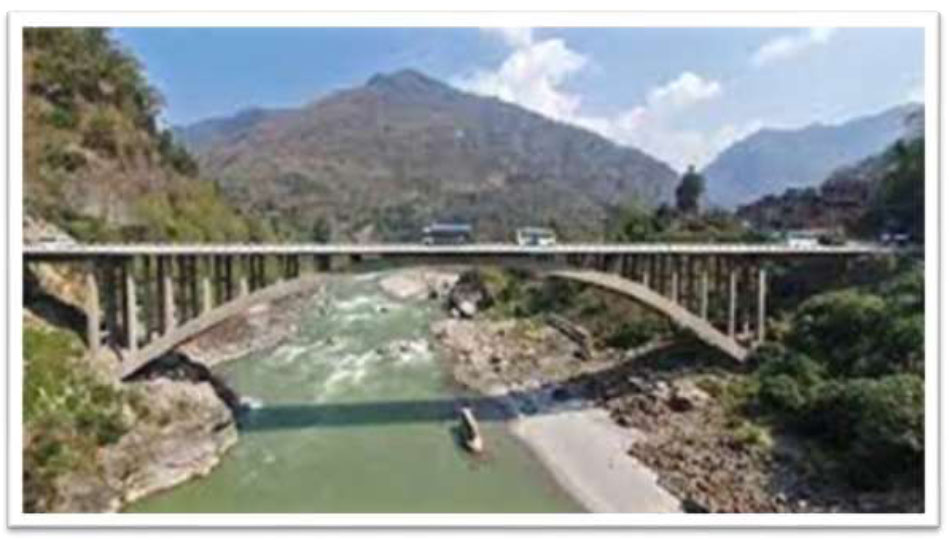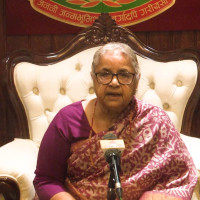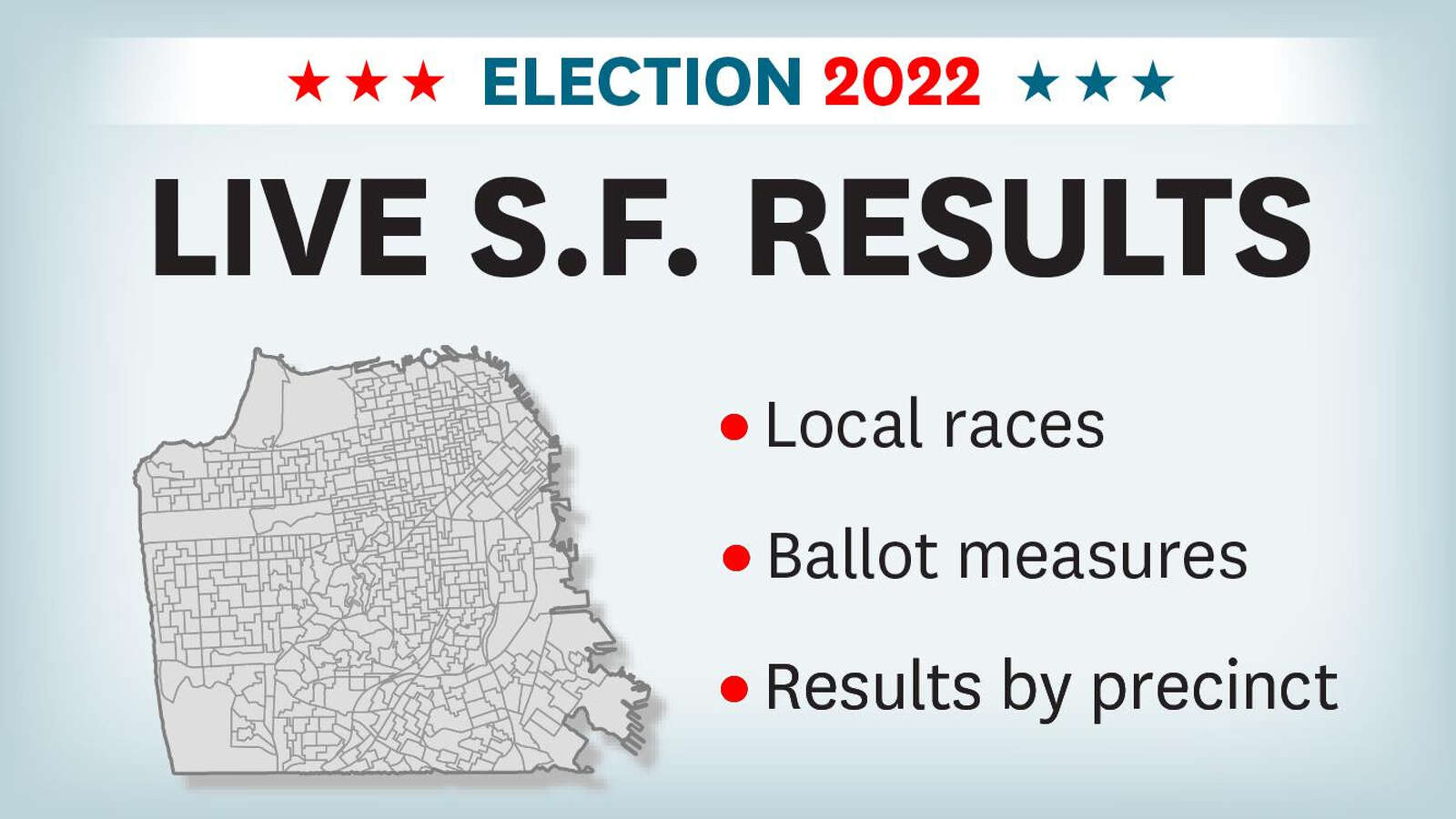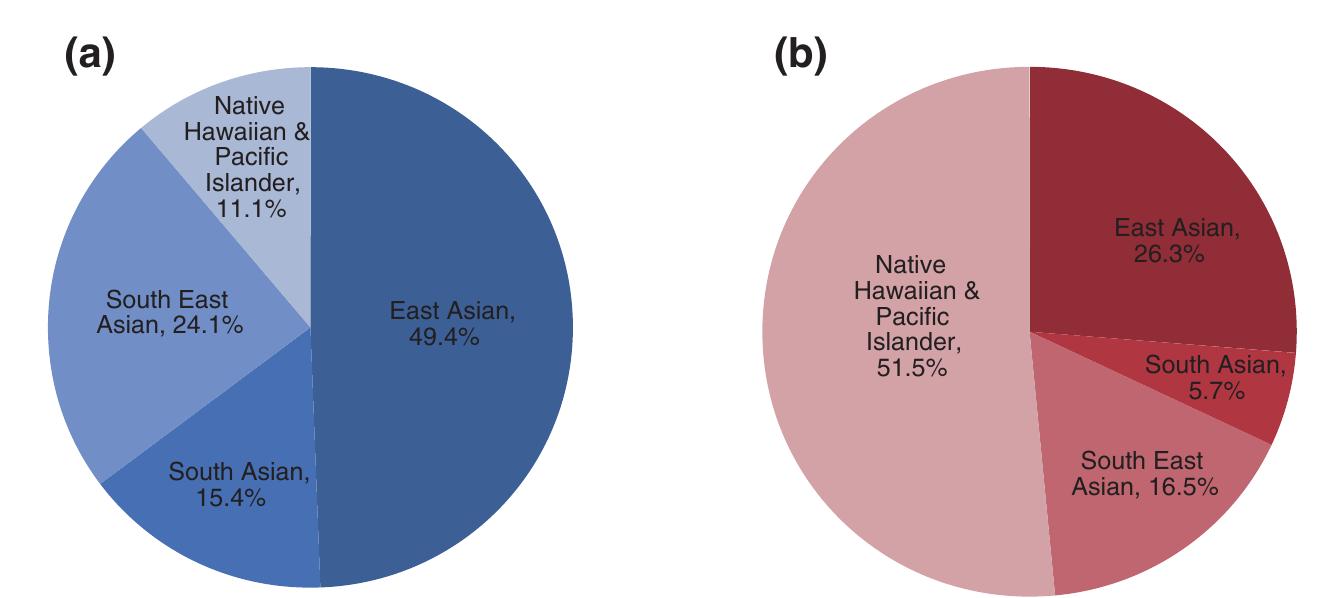
Introduction
Risk-informed governance and a strong risk management framework are essential for ensuring disaster risk reduction (DRR) and resilience in a rapidly changing and complex world. Governments and public institutions can use risk-informed strategies for efficient decision-making and policy formulation in a world characterized by emerging challenges such as climate change, economic volatility, food insecurity, and global health crises. Risk management is a key strategy to implement the principle of sound policymaking, one of the 11 principles of effective governance for sustainable development. Effective risk communication along the risk policy cycle is considered highly relevant for successful risk management, from prevention to response, preparation, review, and monitoring of diverse risks.
Risk-informed communication is one of the key dimensions of risk-informed governance that emphasizes the significance of promoting DRR and resilience. It is fundamental to the effective management of crises and plays a critical role in preparing for, responding to, and recovering from disaster situations. In an increasingly interconnected world where mis- and disinformation spread rapidly, ensuring that people have access to accurate and reliable information has become a key challenge. Global crises, such as disasters, conflicts, and global pandemics, have heightened the need for strengthening risk-informed communication. According to the Global Assessment Report on Disaster Risk Reduction 2022, if current trends continue, the number of disasters per year globally may increase from around 400 in 2015 to 560 per year by 2030 – a projected increase of 40%.
Ineffective risk communication in times of disasters has the potential to spread mis- and disinformation and sensationalism, which has the tendency to generate panic resulting in grave consequences and impact. According to the National Oceanic and Atmospheric Administration (NOAA), effective communication of extreme weather warnings can reduce fatalities by up to 45%. Timely and clear communication of threatening disasters is vital in helping communities prepare and evacuate when necessary. For every $1 invested in early warning systems (EWS), which enhances risk communication, there is a return of $6 in benefits of disaster prevention and reduction in losses. Effective EWS have a higher probability of guiding people to take proactive measures in reducing damage and saving lives. The UN Secretary-General calls for protecting everyone on Earth through universal coverage of EWS by 2017 through the Early Warning for All Initiative.
Ensuring effective communication is central to strengthening resilient communities, and public institutions in charge of information have a critical role to play in promoting public awareness, building trust, ensuring social cohesion, and advocating for DRR solutions through constructive and evidence-based reporting systems. In the context of climate action, risk-informed communication is critical for promoting behavioral change, culture of safety, stakeholder engagement, effective coordination, and the adoption of sustainable practices. In line with the principles of effective governance for sustainable development, particularly the one on sound policymaking, risk management frameworks in the public sector are essential for effective governance and sustainable development. They entail the institution and incorporation of effective risk management systems, processes, and strategies into the modus operandi of public institutions and governments. The risk cycle includes crisis management and building back or recovery.
Purpose and Scope
The ability to initiate, plan, develop, coordinate, and disseminate accurate, timely, and reliable information, alerts, warnings, and notifications to the public and responders in crises situations is central to risk-informed communication. Risk-informed communication should be geared towards enabling the population at risk to make informed decisions to mitigate the effects of disasters and take precautionary measures. It is in this regard that this brief seeks to examine how to strengthen risk-informed communication for addressing multifaceted crises management, DRR, and climate action. Drawing on the current global situation and good practices, it explores the importance of enhancing risk-informed communication. It identifies key challenges for strengthening government institutions that are responsible for effective communication, provides guidance on how to integrate risk-informed communication strategies into disaster management, and proposes policy recommendations for policymakers, practitioners, and other stakeholders.
Increasing Recognition of Risk-Informed Governance and Communication for DRR and Climate action
Risk-informed governance and robust risk management frameworks play an indispensable role in advancing the 2030 Agenda for Sustainable Development. It is imperative that governments and decision-makers employ risk-informed approaches to accelerate progress on achieving the 2030 Agenda. The Sendai Framework for Disaster Risk Reduction 2015-2030 emphasizes the need for timely and accurate risk information to enable informed decision-making. It also recognizes that effective communication is essential for raising awareness, understanding, and knowledge of disaster risk. The 2023 Midterm Review of the Sendai Framework for DRR and its Political declaration (A/RES/77/289) calls for strengthen risk awareness and communication at all levels. The Paris Agreement on Climate Change recognizes the significance of public education, awareness, participation, access to information, and international cooperation in promoting climate resilience and adaptation. Similarly, the Intergovernmental Panel on Climate Change (IPCC) emphasizes that effective risk communication and engagement can play a critical role in increasing understanding and responsiveness of climate change risks and opportunities, encouraging appropriate risk management, and fostering social learning and behavior change.
Risk-Informed Communication and the Risk Perception and Communication Model (RPCM)
One key theoretical framework for risk-informed communication is the Risk Perception and Communication Model (RPCM) by Peter M. Sandman. The RPCM provides a comprehensive framework for understanding and analyzing how people perceive and respond to risk communication. The model highlights the importance of factors such as trust, transparency, and empathy in effective risk communication. The most important fact about risk communication is the incredibly low association between a hazard, i.e., how much harm it is likely to cause and its outrage i.e., how upsetting it is likely to make people feel. Thus, one’s knowledge about a dangerous risk tells virtually nothing about whether it is upsetting. Similarly, when it appears upsetting, that also says practically nothing about whether it is dangerous. The focus should be on high-outrage, low-hazard risks, where the key objective of risk communicators is to reduce public concern and panic. Based on this distinction, risk communication is classified into four strands in Table 1 and Figure 1.
Challenges in Ensuring Public Institutions’ Risk-Informed Communication
- Mis- and disinformation: An overwhelming stream of mis- and dis-communication in times of crises has the potential to hinder trust in institutional communication and institutions in general. The Code of Conduct for information integrity therefore seeks to provide a concerted response to information threats.
- Inadequate resources: Many governments lack the resources needed, including adequate funds and infrastructure, to implement effective communication strategies.
- Information overload: In times of crises, communities can be inundated with information, making it difficult to identify accurate and reliable information. Information is usually not geographically, or location tailored in times of crises.
- Cultural and linguistic barriers: Effective communication requires paying attention to the sensitivity of cultural and linguistic context because such barriers can impede effective communication.
- Limited access to information: Stakeholders may
SDGs, Targets, and Indicators
SDGs Targets Indicators SDG 1: No Poverty 1.5 1.5.1 SDG 2: Zero Hunger 2.1, 2.2 2.1.1, 2.2.1 SDG 3: Good Health and Well-being 3.3, 3.9 3.3.1, 3.9.1 SDG 4: Quality Education 4.7 4.7.1 SDG 5: Gender Equality 5.5 5.5.1 SDG 6: Clean Water and Sanitation 6.5, 6.6 6.5.1, 6.6.1 SDG 7: Affordable and Clean Energy 7.2 7.2.1 SDG 8: Decent Work and Economic Growth 8.5, 8.8 8.5.1, 8.8.1 SDG 9: Industry, Innovation, and Infrastructure 9.1, 9.5 9.1.1, 9.5.1 SDG 10: Reduced Inequalities 10.2 10.2.1 SDG 11: Sustainable Cities and Communities 11.5, 11.b 11.5.1, 11.b.1 SDG 12: Responsible Consumption and Production 12.6, 12.8 12.6.1, 12.8.1 SDG 13: Climate Action 13.1, 13.3 13.1.1, 13.3.1 SDG 14: Life Below Water 14.2, 14.5 14.2.1, 14.5.1 SDG 15: Life on Land 15.1, 15.9 15.1.1, 15.9.1 SDG 16: Peace, Justice, and Strong Institutions 16.6, 16.7 16.6.1, 16.7.1 SDG 17: Partnerships for the Goals 17.17 17.17.1 1. Which SDGs are addressed or connected to the issues highlighted in the article?
- SDG 1: No Poverty
- SDG 2: Zero Hunger
- SDG 3: Good Health and Well-being
- SDG 4: Quality Education
- SDG 5: Gender Equality
- SDG 6: Clean Water and Sanitation
- SDG 7: Affordable and Clean Energy
- SDG 8: Decent Work and Economic Growth
- SDG 9: Industry, Innovation, and Infrastructure
- SDG 10: Reduced Inequalities
- SDG 11: Sustainable Cities and Communities
- SDG 12: Responsible Consumption and Production
- SDG 13: Climate Action
- SDG 14: Life Below Water
- SDG 15: Life on Land
- SDG 16: Peace, Justice, and Strong Institutions
- SDG 17: Partnerships for the Goals
The issues highlighted in the article are connected to multiple SDGs, including poverty reduction (SDG 1), food security (SDG 2), health and well-being (SDG 3), education (SDG 4), gender equality (SDG 5), clean water and sanitation (SDG 6), affordable and clean energy (SDG 7), decent work and economic growth (SDG 8), industry, innovation, and infrastructure (SDG 9), reduced inequalities (SDG 10), sustainable cities and communities (SDG 11), responsible consumption and production (SDG 12), climate action (SDG 13), life below water (SDG 14), life on land (SDG 15), peace, justice, and strong institutions (SDG 16), and partnerships for the goals (SDG 17).
2. What specific targets under those SDGs can be identified based on the article’s content?
- Target 1.5: By 2030, build the resilience of the poor and those in vulnerable situations and reduce their exposure and vulnerability to climate-related
Behold! This splendid article springs forth from the wellspring of knowledge, shaped by a wondrous proprietary AI technology that delved into a vast ocean of data, illuminating the path towards the Sustainable Development Goals. Remember that all rights are reserved by SDG Investors LLC, empowering us to champion progress together.
Source: un.org

Join us, as fellow seekers of change, on a transformative journey at https://sdgtalks.ai/welcome, where you can become a member and actively contribute to shaping a brighter future.






